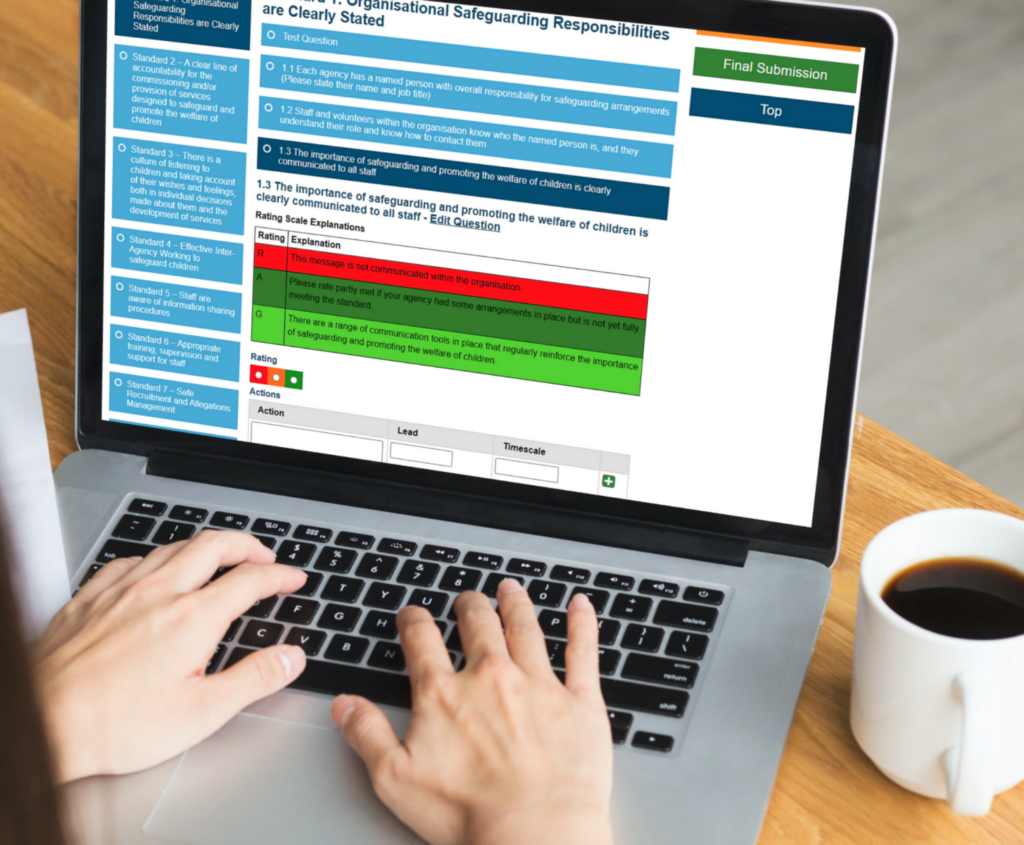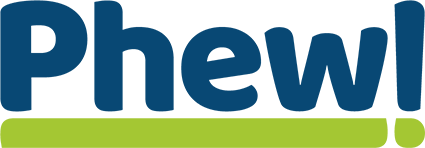Understanding the Section 175/157 Safeguarding Audit
In a world where protecting vulnerable children is of paramount importance, institutions and organisations play a crucial role in ensuring their safety. Safeguarding measures are implemented to create secure environments and prevent any harm that might come to those who are at risk. One powerful tool that aids in assessing and enhancing safeguarding within schools is the Section 175/157 audit. In this blog post, we’ll delve into what this audit entails and how the Phew Audit System can assist in successfully managing it.
Section 175 of the Education Act 2002 in the United Kingdom places a legal duty on schools and educational institutions to make arrangements to safeguard and promote the welfare of students, whilst Section 157 conveys the same responsibilities on independent schools/settings. As part of these arrangements, governing bodies are required to conduct safeguarding audits to assess the effectiveness of safeguarding measures within schools, educational institutions, and other relevant organisations, providing information to the local authority on how the duties set out in the guidance have been discharged.
This audit typically involves reviewing policies, procedures, training programs, and other relevant aspects to ensure compliance with safeguarding guidelines and regulations. The ultimate goal of the Section 175/157 safeguarding audit is to create a safe and secure environment for children to learn and develop, while preventing and addressing any potential safeguarding concerns.
 Key aspects of the Section 175/157 Audit
Key aspects of the Section 175/157 Audit
Policies and procedures: The audit assesses the school’s safeguarding policies and procedures to ensure they are comprehensive, up-to-date, and in line with legal requirements. This includes policies on child protection, anti-bullying and online safety.
Training and awareness: Schools must provide appropriate training to staff, ensuring they are well-equipped to recognise signs of potential harm and have the ability to respond appropriately. The audit assesses the extent to which staff members are trained and aware of their safeguarding responsibilities.
Recruitment and selection: The audit examines the school’s practices for screening and selecting employees and volunteers, with the goal of preventing those who might pose a risk from working with vulnerable individuals.
Reporting and responding: Clear processes for reporting concerns and incidents should be in place, as well as for responding promptly and effectively. The audit evaluates these processes to ensure that potential issues are addressed in a timely manner.
Risk assessment: The audit assesses how well schools identify potential risks and take steps to mitigate them. This includes assessing the physical environment and potential risks associated with different activities.
Collaboration and communication: Effective safeguarding involves collaboration between different stakeholders, including staff, parents, and external agencies. The audit evaluates the school’s communication strategies and partnerships to ensure a holistic approach to safeguarding.
The Phew Audit System
Phew’s Audit System is purpose-built for supporting safeguarding teams with conducting any type of local or regional audit, including Section 175/157. It is a transparent system that’s easy to use and accessible to all levels of computer competency. Proven to save time and money, it’s an online-based system that allows respondents to be emailed their required audit, along with all follow-up communications, including automated reminders and confirmations. 
Sam Anderson, Safeguarding Partnership Business Manager at Dudley Safeguarding People Partnership, commented: “It was evident from the moment we engaged with Phew that as sector specialist, they understood the day-to-day challenges we face as a Partnership. With their approach of working with the sector to design systems, we quickly saw the potential of the Audit system for both our stakeholder and internal team.
“Our close working relationship with them has now extended into our Section 175 and other audits that we’d previously always struggled to collect. Although their tools allow us to do everything we need to, the team are always there to support and advise us, and the key to that is sharing both regional and national best practice.”
Questions within the system are not prescriptive, they can be tailored accordingly. Multiple question formats are available and sector-specific questions can be restricted by respondents’ organisation type. ‘Stop and Save’ functionality offers users more flexibility to complete the survey questions at their own pace before submitting the final version.
Detailed automated reports provide an overview of actions taken at an audit, organisation type and respondent level, including a visual spider-gram to compare self-assessment rating versus Board rating. Trends can also be easily identified through reports which can highlight any issues which need to be addressed.
Would you like to find out more about Phew’s Audit System? We can provide a free demo at your convenience, so please get in touch at hello@phew.org.uk as we would be happy to arrange this.
